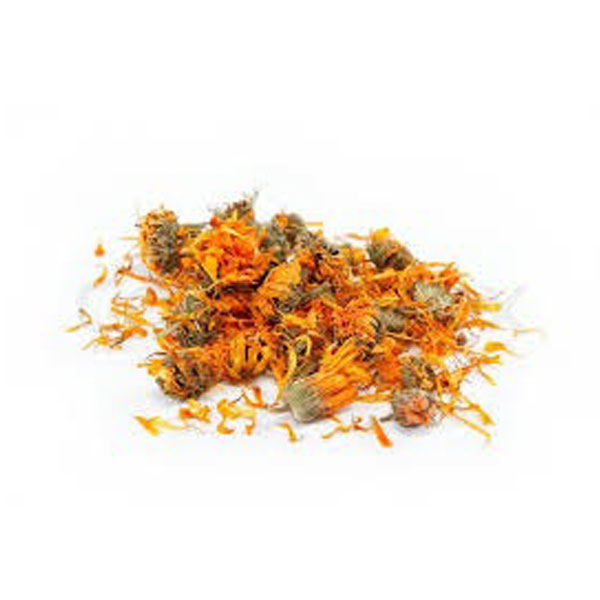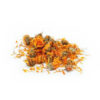Description
Traditionally it was used to treat conjunctivitis, blepharitis, eczema, gastritis, minor burns including sunburns, warts, and minor injuries such as sprains and wounds. It was also used to treat cramps, coughs, and snake bites.
Traditionally, calendula has been used to treat stomach upset and ulcers, as well as relieve menstrual cramps, but there is no scientific evidence that calendula works for these problems. Today, calendula is often used topically, meaning it is applied to the skin.
Calendula has high amounts of flavonoids, plant-based antioxidants that protect cells from being damaged by unstable molecules called free radicals. Calendula appears to fight inflammation, viruses, and bacteria.
Calendula has been considered beneficial in reducing inflammation and promoting wound healing. It has been used to treat a variety of skin diseases and has been seen effective in treatment of skin ulcerations, eczema, juvenile acne and dry psoriasis.
Calendula has been shown to help wounds heal faster, possibly by increasing blood flow and oxygen to the affected area, which helps the body grow new tissue. It is also used to improve skin hydration and firmness.
The dried petals of the calendula plant are used in tinctures, ointments, and washes to treat burns, bruises, and cuts, as well as the minor infections they cause.



